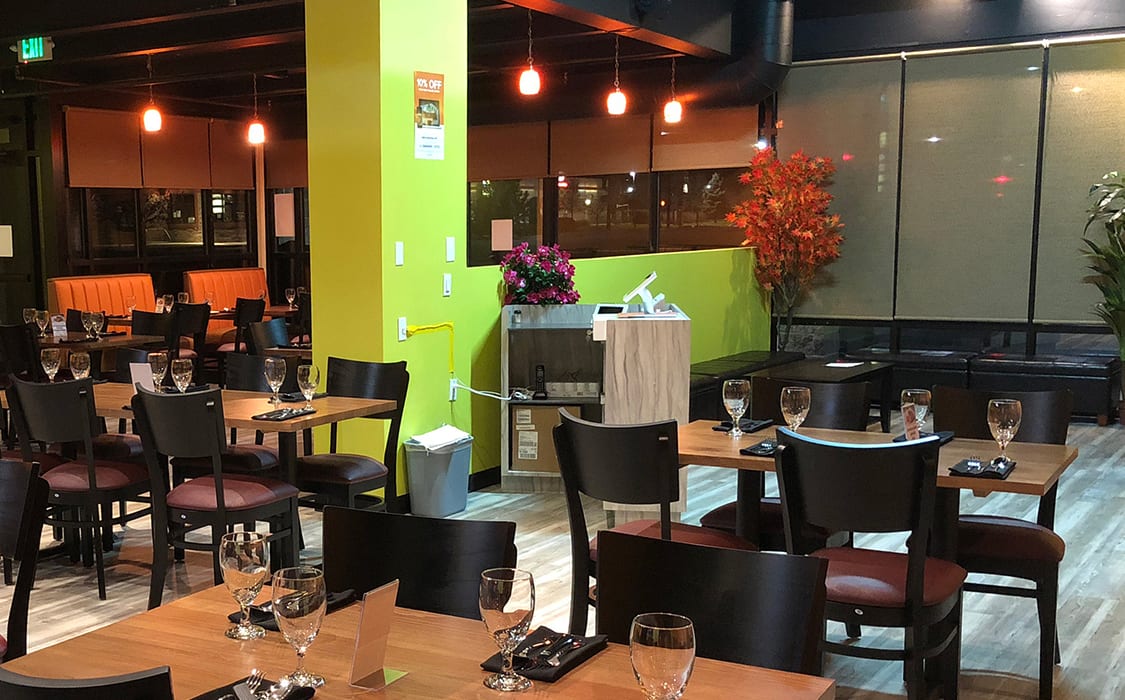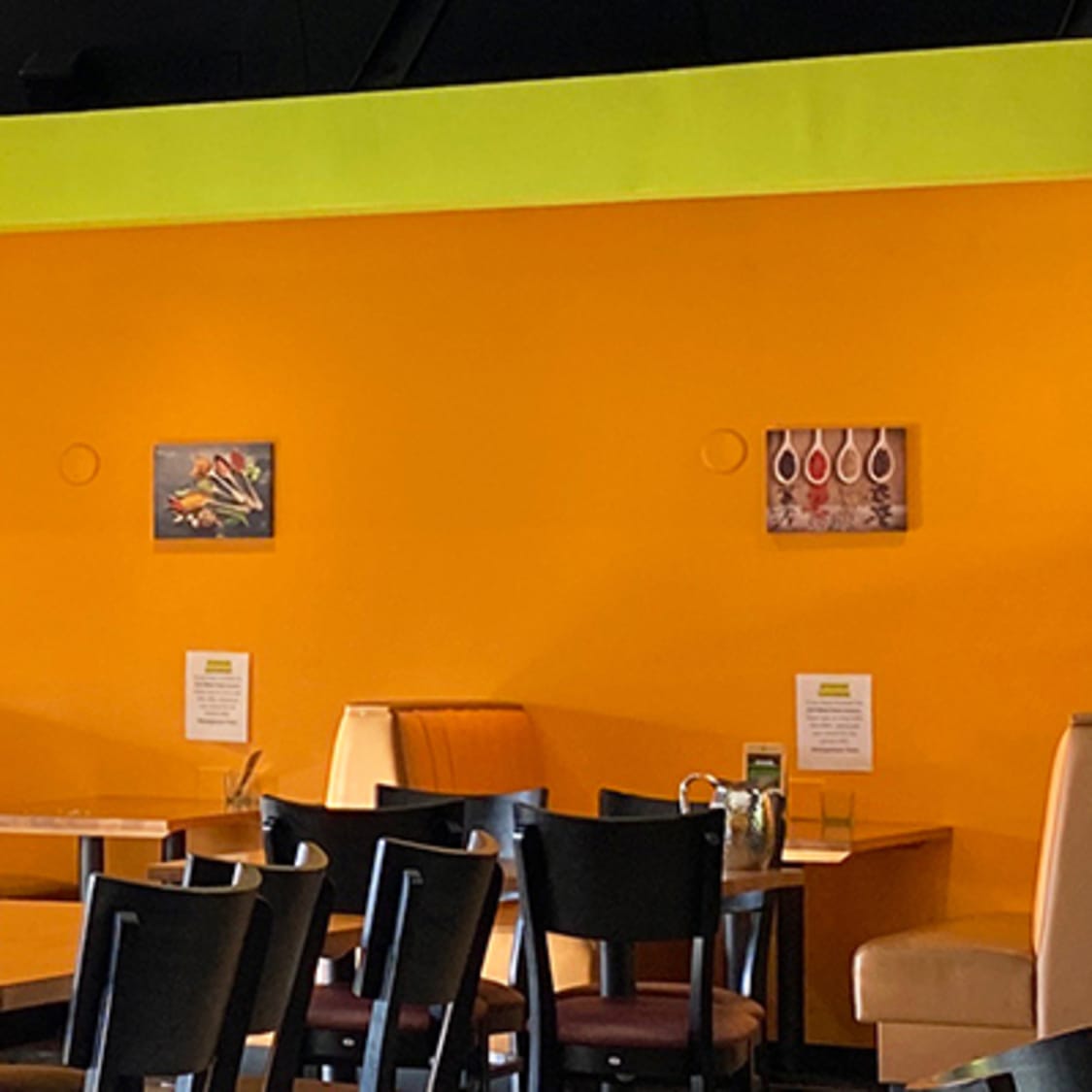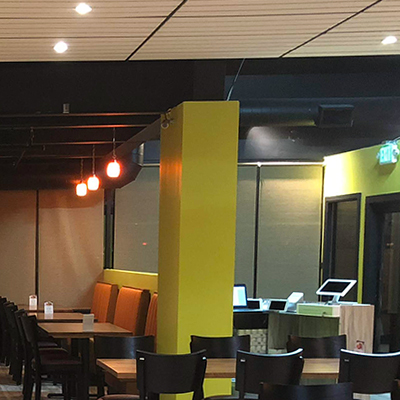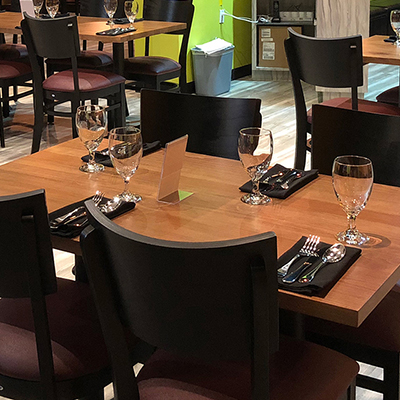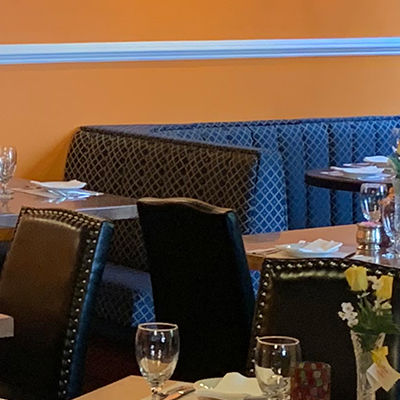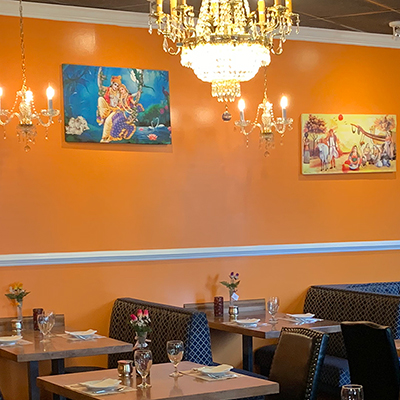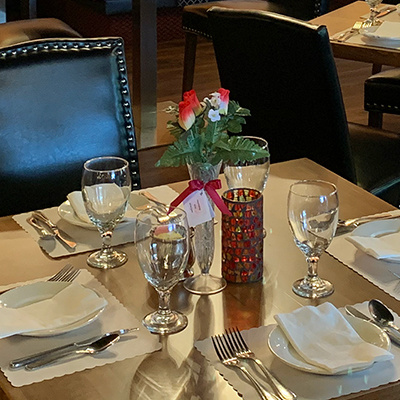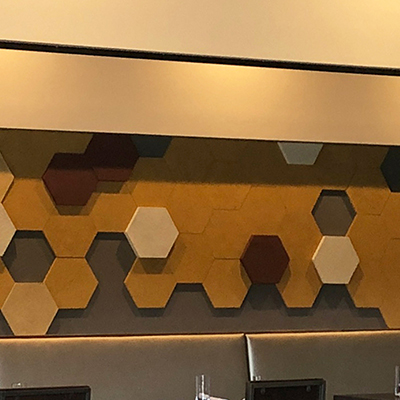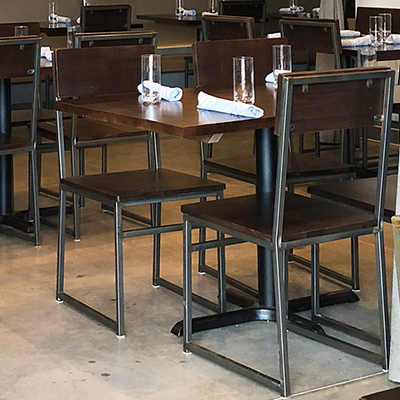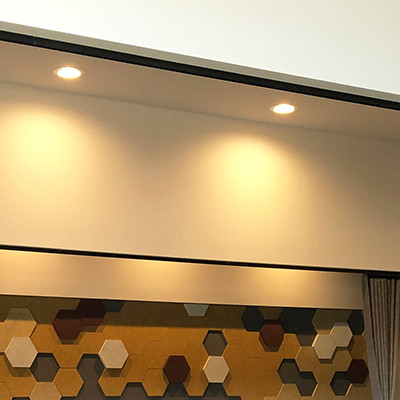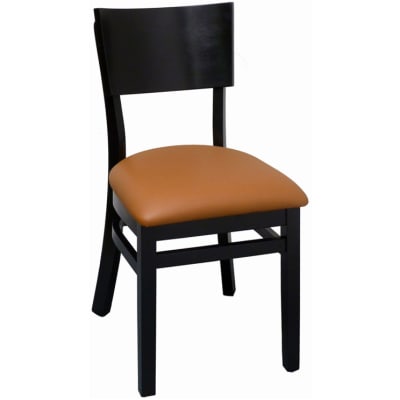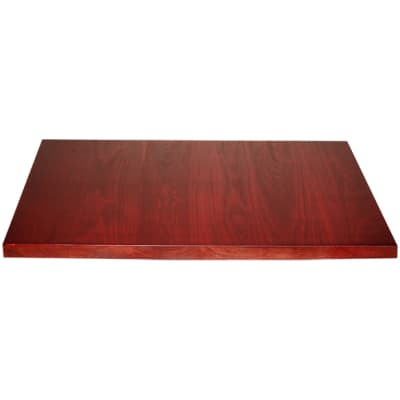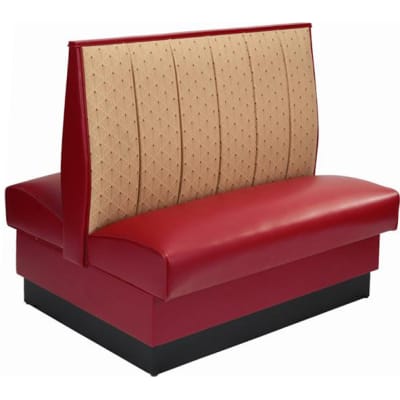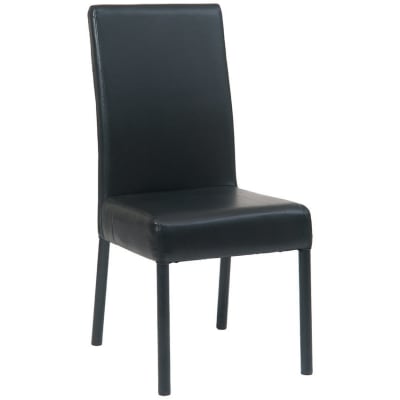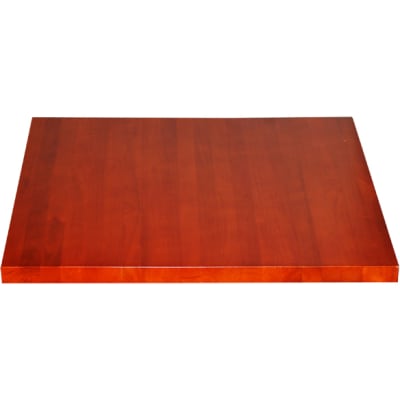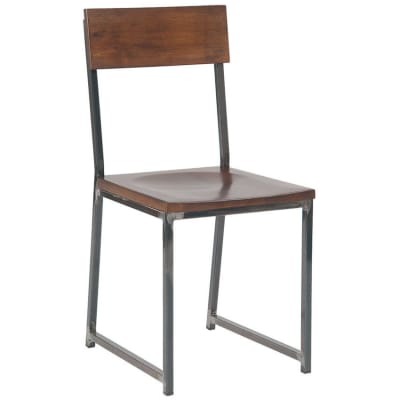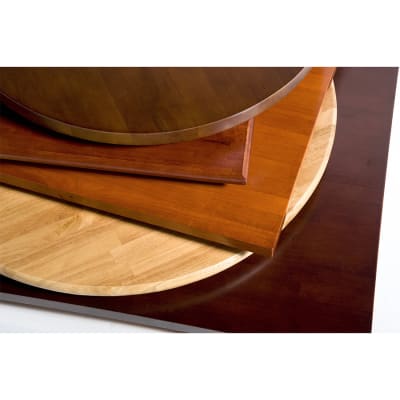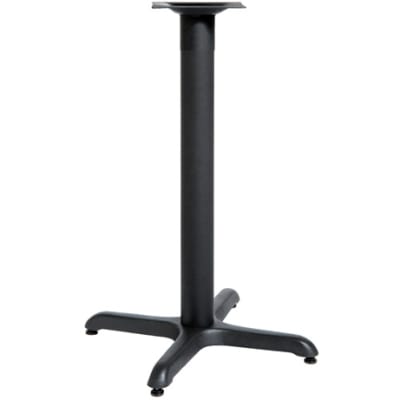Restaurants are considered to be a place of leisure and relaxation where people come to enjoy great food. Like it is with any restaurant or food service business, quality, taste, and service of food is king but ambiance also plays a vital role and contributes to the dining experience. In most restaurants design, especially for ethnic restaurants, designers typically select theme based designs. Many would impact the design with contemporary style restaurant furniture and bright color palette selections.
Though a big part of it, it isn’t just the food that gives customers an authentic taste of India. The atmosphere you create with the restaurant decor can impact your success. Indian cuisine covers a wide chronological and geographical area. Because of that, you may want to focus on a particular region or era of Indian history when selecting restaurant furniture, colors, artwork, and menu. First impressions last, especially among new guests. If you are thinking about running your own Indian restaurant, this guide will help you make a first impression that will make customers remember you more than just curry. Even if you have already designed your existing venue, it’s never too late to remodel.
Contemporary Indian Restaurant Design
The interior of your restaurant conveys a message to your diner ever before looking at your menu. It should set the tone as soon as guests walk through the entrance. For example, in traditional Indian cuisine your guests should be greeted with a barrage of Indian sights, textures, colors and sounds from the moment customers walk into your restaurant, they to prepare them for the dining experience they are about to have. In contrast, for modern and contemporary settings cleaner lines and a more minimalist atmosphere is required while in-keeping with some aspects hinting at least towards Indian motifs.
For contemporary design the entrance is ideally spacious, equipped with extra seating such as chairs or waiting benches to sit as they wait for their tables to be ready during busy periods of service. It should also have a full view of the restaurant itself. If customers can see some of the dishes being served, they would be more willing to be patient while waiting a few extra minutes to be seated at their tables if the restaurant is packed.
1.Mood Setting Colors and Wall Art
Burnt orange, beige, or crimson are popular choices for walls to achieve the Indian feel. Red, mahogany or dark brown are normally used on furniture upholstery and other decor elements. Hues of blue, green and violet are incorporated as accents to the burnt orange and beige. Ultimately, you want just enough color to make your interior design pop but not too much to overwhelm your customers. The same applies to wall art, a few well chosen images can help tie the decor together.
2. Modern and Exotic Lighting
Directional lights are crucial in a contemporary design to ensure you have adequate lighting whenever it’s needed. Each individual fixture should be positioned to cover tables, dark areas in the dining room, or highlight other decorative accents. However, a mix of pendant and directional lights can help maintain part of the ethnic atmosphere and keep your decor from straying too far from the Indian theme.
3. Table and Seating Layout
Uncluttered table layout is part of a well planned contemporary restaurant design. The lack of any distracting decor elements on the tables allow the food to become the focal point of the dining experience. This allows the diners to fully immerse themselves in the culinary experience created by the dishes' colors, smells and taste.
Shop the Look
An authentic Indian restaurant exudes the exotic opulence typically found in Indian interiors. Color is one of the most significant elements of an Indian restaurant design. Designers use warm vibrant colors and layers of texture which create an alluring atmosphere that beckons visitors to come in and sit down for an enjoyable meal. The colors they frequently select for the restaurant’s design match the style of the food. The color palette Indian restaurants generally use is bright, drawn from saffron, green herb, tomato, orange and dark neutral. Bright jewel tones mixed with fiery earth tones are also used to create rich palettes and a visual sensation. Color psychology does come into play with Indian themed restaurants.
1. Texture and Textiles
Textured walls, furniture and textiles are part of the Indian design style that showcases tactile elements. Renowned for their durability, Indian textiles are woven from silk or cotton and embellished in gold, silver textured embroidery, mirrors, beads, metallic thread work and jewels. Complex techniques to design tie-dyed color patterns and block prints help create impressions of color explosions inside the restaurant. To create a "home away from home" vibe different upholstery options can be used to integrate the furniture into the decor.
2. Exotic Lighting
Moroccan Pendants and Lanterns make attractive accent lighting for restaurants. Moroccan pendants come in an array of styles that fit perfectly with the vivid colors and intricate patterns of Indian style interior designs. Small Moroccan candle lanterns make fantastic accent lights on tabletops. They are great for creating a romantic ambiance, especially for couples on a night out. Colorful pendant lighting can also enhance the vibrant colors of the food.
3. Table and Seating Layout
Seating arrangements speak in high volumes to customers about your service. Depending on your service style, the seating arrangement would give your customers a better understanding of your food type and service. Restaurants that provide sit-down service to customers who want to stay around and enjoy their meals should have a sufficient number of tables and seating to accommodate them. Just make sure there is enough space between each table for customers and staff to move around which is crucial for customer dining experience.
Shop the Look
A modern industrial interior design at an Indian restaurant is not very different to any industrial style decor you would see anywhere else. In fact, they share many similar characteristics insofar as restaurant furniture, wall decoration, lighting and color. For the most part, a modern or industrial style decor will imply that the food served is less than traditional as well and can hint to the diner to expect some variations on the well known classic dishes. In this case the decor stands alone and allows the food to speak for itself.
1. Colors and Decoration
The walls lack the opulence one can find in a classic Indian restaurant but geometric patterns are used to create a focal point that turns the walls from bland and boring into a piece of modern art. Natural tones of walnut, ash, beech, birch, cherry, teak, cedar and maple add to the ambiance in this industrial style Indian restaurant with its wooden arches and grain patterns along with wooden panels on the double height walls. Smartly padded raw silk for acoustics and concrete flooring help to tie all the industrial elements together.
2. Industrial Style Furniture
Modern industrial design at most Indian restaurants combines simple classic details with contemporary flavors, showcasing the urban chic concept. Just like in any other restaurant, an industrial design endeavors to create a space that is timeless, impeccable and minimalist. This applies to the industrial style restaurant furniture as well. Chairs with a wood and metal combination together with a solid wood dark mahogany butcher block table top create a stylish, smart and clean area without putting too much emphasis on the decor.
3. Lighting
This design is conceptualized with walls that segregate the back end areas of the restaurant from the dining room. Neutral and earthy color palette are used for the wall decorations and furniture. This color palette combined with an extremely minimalist design benefits from direct lighting rather than low pendant lights which can subtract from the clean lines of the room. To still allow for a more intimate atmosphere when the occasion requires it, dimmable ceiling lighting is strategically allocated.
Shop the Look

